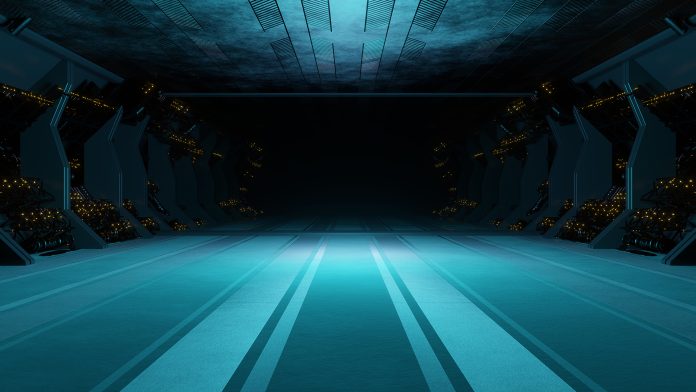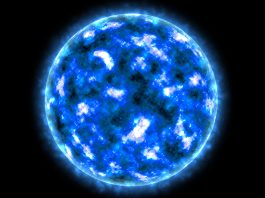Researchers from the University of Manchester have successfully achieved robust superconductivity in high magnetic fields using a newly created one-dimensional system.
Superconductivity is the ability of certain materials to conduct electricity with zero resistance. It holds great potential for advancements in quantum technologies.
However, achieving superconductivity in the quantum Hall regime has been a longstanding challenge in condensed matter physics.
The significant breakthrough in superconductivity offers a promising pathway to achieving superconductivity in the quantum Hall regime.
The research is published in the journal Nature.
Initial experiments to achieve superconductivity in the quantum Hall regime
The University of Manchester team led by Professor Andre Geim, Dr Julien Barrier, and Dr Na first followed the conventional route where counterpropagating edge states were brought into close proximity to each other.
However, this approach was found to be limited.
“Our initial experiments were primarily motivated by the strong persistent interest in proximity superconductivity induced along quantum Hall edge states,” explained Dr Barrier, the paper’s lead author.
“This possibility has led to numerous theoretical predictions regarding the emergence of new particles known as non-abelian anyons.”
A new strategy was implemented by the team
The team then explored a new strategy inspired by the earlier work that showed that the boundaries between domains in graphene could be highly conductive.
The team placed the domain walls between two superconductors to achieve the desired ultimate proximity between counterpropagating edge states while minimising the disorder’s effects.
1D states proven to exist
The investigation has revealed that proximity superconductivity does not originate from the quantum Hall edge states propagating along domain walls. Instead, it comes from the strictly 1D electronic states existing within the domain walls themselves.
These 1D states exhibited a greater ability to hybridise with superconductivity compared to quantum Hall edge states.
The 1D nature of the interior states is responsible for the observed robust supercurrents at high magnetic fields.
Paving the way for future exploration
The discovery of single-mode 1D superconductivity reveals exciting avenues for further research.
“In our devices, electrons propagate in two opposite directions within the same nanoscale space and without scattering,” Dr Barrier said.
“Such 1D systems are exceptionally rare and hold promise for addressing a wide range of problems in fundamental physics.”
The team has already showcased the ability to manipulate these electronic states using gate voltage.
“It is fascinating to think what this novel system can bring us in the future. The 1D superconductivity presents an alternative path towards realising topological quasiparticles combining the quantum Hall effect and superconductivity,” concluded Dr Xin.
The research represents another step forward in the field of superconductivity.
The development of the new 1D superconductor will pave the way for quantum technology advancements and further exploration of new physics.









